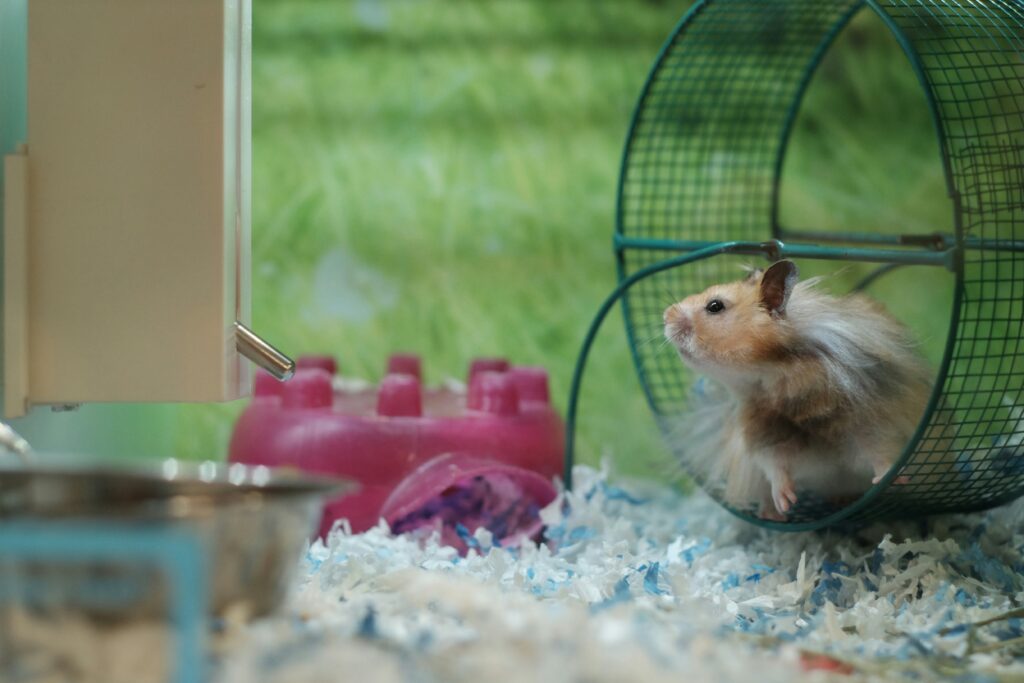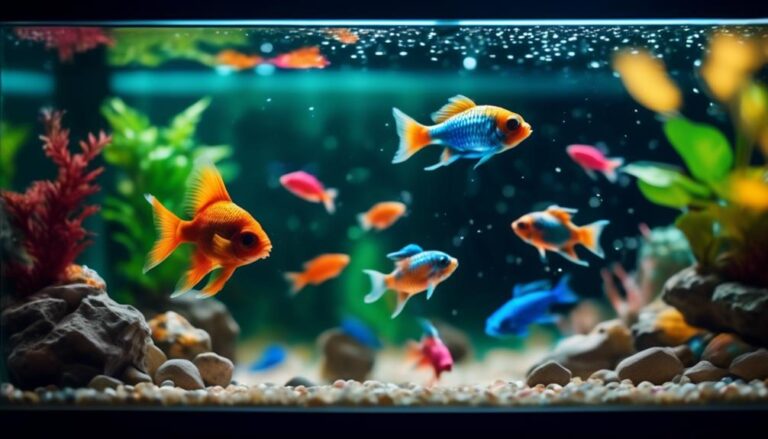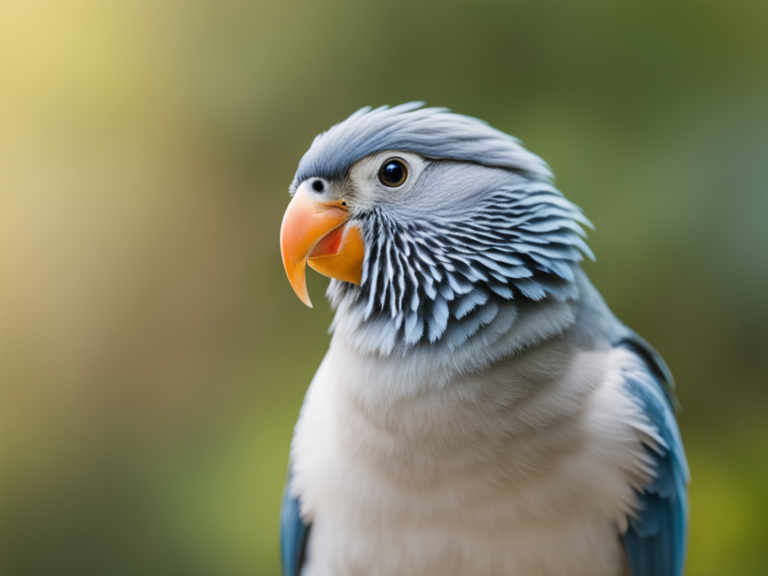Best Exercise Routines for Small Pets

Best Exercise Routines for Small Pets: If you want your small pets to be as active as a squirrel in a tree, you need to establish a regular exercise routine for them. Keeping your furry friends fit and healthy is important, and there are plenty of fun activities you can do together. From setting up a hamster wheel for your energetic hamster to creating an obstacle course for your adventurous guinea pig, there are many options to choose from. You can also engage in interactive toy playtime or even try treadmill exercises specifically designed for small pets. Whether you prefer indoor playpen fun or outdoor adventures and exploration, there are countless ways to keep your small pets active and happy.
Hamster Wheel
To keep your small pet active and healthy, consider incorporating the use of a hamster wheel into their exercise routine. Hamster wheels provide numerous benefits for your furry friend and are an essential tool for their physical and mental well-being.
One of the main benefits of a hamster wheel is that it allows your pet to engage in natural running behavior. Hamsters are known for their high energy levels and love to run. A wheel provides them with an outlet for this behavior and helps prevent boredom and frustration. Regular exercise on a hamster wheel can also help prevent obesity and improve cardiovascular health.
When introducing your hamster to a wheel, it’s important to take some training tips into consideration. Start by placing the wheel in their cage and allowing them to explore and sniff it. Encourage them to climb onto the wheel by placing a treat or their favorite food on it. Gradually increase the speed of the wheel as they become more comfortable.
It’s crucial to choose the right size wheel for your hamster. A wheel that is too small can cause back problems and discomfort, while a wheel that is too large may intimidate your pet. The ideal size should allow your hamster to run comfortably without arching their back.
Regular cleaning of the hamster wheel is also essential. Hamsters have a tendency to urinate and defecate while running, so it’s important to clean the wheel regularly to maintain good hygiene.
Incorporating a hamster wheel into your pet’s exercise routine is a fantastic way to keep them active and healthy. By following these training tips and providing the necessary care, your hamster will be able to enjoy the benefits of running on a wheel for years to come.
Guinea Pig Obstacle Course
To enhance your guinea pig’s exercise routine, consider creating a vibrant and engaging obstacle course. Guinea pigs are curious and active creatures, and providing them with a stimulating environment can help keep them physically and mentally fit. A well-designed obstacle course can be a fun way for your guinea pig to explore and play, while also providing them with much-needed exercise.
When designing a guinea pig obstacle course, it’s important to incorporate creative guinea pig toys that will engage their natural instincts. Tunnels, ramps, and bridges can all be great additions to your course. You can also include small obstacles such as hurdles or jumps to challenge your guinea pig’s agility.
Training your guinea pig to navigate the obstacle course is an essential step. Start by introducing your guinea pig to each element one at a time, allowing them to become familiar with it before moving on to the next. Use positive reinforcement, such as treats or praise, to motivate them and reward their progress. With patience and consistency, your guinea pig will soon learn to navigate the entire course with ease.
It’s important to ensure the safety of your guinea pig while they’re using the obstacle course. Make sure all elements are secure and stable to prevent any accidents. Regularly inspect the course for any sharp edges or loose parts that could potentially harm your pet.
Incorporating a guinea pig obstacle course into their exercise routine can provide mental stimulation, promote physical activity, and strengthen the bond between you and your pet. So why not get creative and start building a fun and challenging course for your furry friend?
Rabbit Agility Training
Train your rabbit to master agility skills and improve their exercise routine with fun and engaging rabbit agility training. Just like humans, rabbits need regular exercise to stay healthy and agile. Incorporating agility training into their routine not only helps them stay physically fit but also provides mental stimulation. Plus, it’s a great way to bond with your furry friend!
Before you start agility training, it’s important to ensure that your rabbit is in good health. Make sure they are up to date on their vaccinations and have a clean bill of health from the vet. Additionally, maintaining a proper diet is crucial for their overall well-being. Ensure your rabbit’s nutrition is balanced and includes a combination of hay, fresh vegetables, and high-quality pellets. A healthy diet will provide them with the energy they need for training sessions.
Grooming is another important aspect of rabbit care. Regular brushing helps prevent matting and keeps their fur clean and shiny. It also allows you to check for any signs of skin issues or parasites. Make grooming a part of your rabbit’s routine, so they stay comfortable and happy during training.
When it comes to agility training, start with simple exercises and gradually increase the difficulty level. Set up a mini agility course using tunnels, hurdles, and ramps. Use treats or their favorite toys as motivation to navigate through the obstacles. Encourage them with positive reinforcement, such as praise and treats, whenever they complete a task successfully.
Interactive Toy Playtime
During interactive toy playtime, engage your small pet with various toys to keep them active and entertained. Not only is it a great way to bond with your furry friend, but it also provides mental stimulation and exercise. There are several bonding activities for small pets that you can incorporate into interactive toy playtime.
One popular toy for small pets is the treat puzzle. These toys are designed to challenge your pet’s problem-solving skills and keep them mentally stimulated. Simply fill the puzzle with small treats or pieces of their regular food, and watch as your pet tries to figure out how to get the treats out. This not only provides mental stimulation but also encourages physical activity as they paw and nudge the puzzle to get the treats.
Another great toy for interactive playtime is the interactive ball. These balls are designed to move and roll on their own, keeping your pet engaged and active. Some interactive balls even have built-in sensors that respond to your pet’s touch or movement, making playtime even more exciting.
If you have a small pet that loves to dig, consider getting a digging box. Fill a shallow container with safe materials like shredded paper or soft bedding, and let your pet dig to their heart’s content. This not only provides mental stimulation but also allows your pet to engage in natural behaviors.
Remember to always supervise your pet during interactive toy playtime and choose toys that are safe and appropriate for their size and species. By incorporating bonding activities and providing mental stimulation, you can ensure that your small pet stays happy, healthy, and entertained.
Treadmill Exercises for Small Pets
If you have a small pet, incorporating treadmill exercises into their routine can be a great way to provide them with physical activity and stimulation. Treadmills are not just for humans; they can be a valuable tool for keeping your furry friend fit and healthy. However, it is important to follow some treadmill safety tips to ensure your pet’s well-being.
First and foremost, make sure to introduce your pet to the treadmill slowly and gradually. Start by placing them near the treadmill while it’s off, allowing them to become familiar with the equipment. Then, turn it on at a slow speed and let them explore at their own pace. Gradually increase the speed and duration of the exercise over time, always monitoring their comfort level.
It is crucial to never leave your pet unattended on the treadmill. Always stay nearby to provide support and intervene if necessary. Additionally, ensure that the treadmill is set to a low incline, as small pets have shorter legs and may have difficulty maintaining their balance on an incline.
The benefits of treadmill exercises for small pets are numerous. Firstly, it provides them with a controlled environment where they can safely exercise, especially during inclement weather. Treadmill exercises also help to stimulate their minds and prevent boredom. Regular exercise on a treadmill can improve cardiovascular health, increase muscle strength, and help maintain a healthy weight for your pet.
Indoor Playpen Fun
To provide your small pet with an enjoyable and safe exercise option, consider incorporating indoor playpen fun into their routine. Playpens are a great way to give your furry friend some freedom to explore and play, while still keeping them contained and safe. When it comes to playpen safety, there are a few key factors to consider.
First and foremost, make sure the playpen is securely set up and cannot be easily knocked over. This will prevent any potential accidents or escapes. It’s also important to choose a playpen with a design that is suitable for your pet’s size and breed. Some playpens have small gaps in the mesh or bars that could pose a risk of your pet getting stuck or injured. Opt for a playpen with a solid, sturdy construction that will withstand your pet’s active play.
In addition to safety, playpen design is also an important consideration. Look for a playpen that offers plenty of space for your pet to move around and play. It’s good to have enough room for toys and other enrichment items that will keep your pet engaged and entertained. Some playpens even have built-in tunnels and ramps that can add an extra element of fun to your pet’s playtime.
Remember to supervise your pet while they are in the playpen and remove any potential hazards. It’s also a good idea to periodically check the playpen for any signs of wear and tear, and replace it if necessary. By following these guidelines and providing your small pet with a safe and engaging playpen, you can ensure that they have a fun and stimulating exercise experience.
DIY Exercise Equipment
Incorporate DIY exercise equipment to provide your small pet with an engaging and customizable workout routine. Creating homemade exercise equipment for your furry friend can be a fun and rewarding experience. Not only will it keep them active and entertained, but it will also save you money. Plus, you can tailor the equipment to suit your pet’s specific needs and preferences. So, let’s get started on making some DIY exercise toys!
One simple idea is to create a tunnel using cardboard boxes. Cut open the boxes and tape them together to form a long tunnel. You can even decorate it with colorful paper or paint to make it more appealing to your pet. This tunnel will provide a great space for your small pet to crawl through, promoting exercise and mental stimulation.
Another DIY exercise toy is a treat puzzle. Take a small plastic container with a lid and cut several holes in it. Fill it with your pet’s favorite treats and let them figure out how to get the treats out. This will challenge their problem-solving skills and keep them engaged for hours.
If you have a small rodent, such as a hamster or gerbil, you can create a homemade exercise wheel using a plastic container and a wooden dowel. Cut a hole in the side of the container and insert the dowel through it. Attach two caps at each end of the dowel to prevent your pet from falling off. Your small furry friend will love running on their new DIY exercise wheel.
Outdoor Adventures and Exploration
When taking your small pet on outdoor adventures and exploring new environments, it is important to ensure their safety and provide them with opportunities for exercise and mental stimulation. Nature walks for small pets are a great way to get them out of their usual indoor surroundings and expose them to the wonders of the natural world. Whether you have a hamster, guinea pig, or rabbit, these little creatures can benefit from the sights, smells, and sounds of the great outdoors.
Before embarking on a nature walk with your small pet, it is essential to invest in a secure and comfortable small pet backpack. These specially designed backpacks allow you to safely transport your furry friend while keeping your hands free. Look for a backpack with proper ventilation and secure closures to prevent any accidental escapes.
Once you have your backpack ready, choose a suitable location for your adventure. Make sure the area is safe and free from potential hazards. Parks, nature reserves, and even your own backyard can provide plenty of opportunities for exploration. It is important to keep your small pet on a leash or harness at all times to prevent them from wandering off or encountering dangerous wildlife.
During your nature walk, encourage your pet to explore their surroundings by providing them with interesting stimuli. Allow them to sniff and investigate different plants, rocks, and textures. You can also incorporate some interactive toys or treats to keep their minds engaged. Remember to take it slow and be mindful of your pet’s comfort level. If they show signs of stress or fatigue, it may be time to end the adventure and head back home.
Outdoor adventures and exploration can be a rewarding experience for both you and your small pet. By following safety precautions and providing them with opportunities for exercise and mental stimulation, you can create lasting memories while keeping your furry friend happy and healthy. So, grab your backpack and get ready for some exciting outdoor escapades with your small pet!
Best Exercise Routines for Small Pets Frequently Asked Questions:
Can I Train My Hamster to Use the Guinea Pig Obstacle Course?
Yes, you can train your hamster to use the guinea pig obstacle course! Hamster training techniques, such as positive reinforcement, can help them navigate the course. This exercise provides mental stimulation and physical activity for small pets.
Are There Any Safety Precautions I Should Take When Setting up an Indoor Playpen for My Small Pet?
When setting up an indoor playpen for your small pet, it’s important to take necessary precautions. Ensure the playpen is escape-proof and free of hazards. Also, consider the ideal playpen size that allows your pet to move around comfortably.
What Are Some DIY Exercise Equipment Ideas for Small Pets?
DIY exercise equipment ideas for small pets can be both fun and beneficial. Regular exercise keeps your pet healthy and active. Try making a mini obstacle course or a homemade agility set for them to enjoy!
Can Rabbits Safely Use a Hamster Wheel for Exercise?
Rabbits have alternatives for exercise besides hamster wheels. It’s important to consider safety when providing exercise for small pets like rabbits. Here are some tips to keep in mind.
Are There Any Specific Outdoor Adventures or Exploration Activities That Are Suitable for Small Pets Like Guinea Pigs or Rabbits?
Outdoor adventures and exploration activities can be a great way to keep your small pets like guinea pigs or rabbits active and engaged. Tunnels and mazes provide mental stimulation and exercise, both indoors and outdoors.
Conclusion
In conclusion, incorporating exercise into your small pet’s routine is crucial for their physical and mental well-being. From the classic hamster wheel to creative DIY exercise equipment, there are plenty of options to keep your furry friend active and entertained. Whether it’s setting up an indoor playpen or embarking on outdoor adventures, finding ways to keep your pet moving will help them lead a healthy and happy life. So, get creative and start incorporating these exercise routines into your pet’s daily activities!









